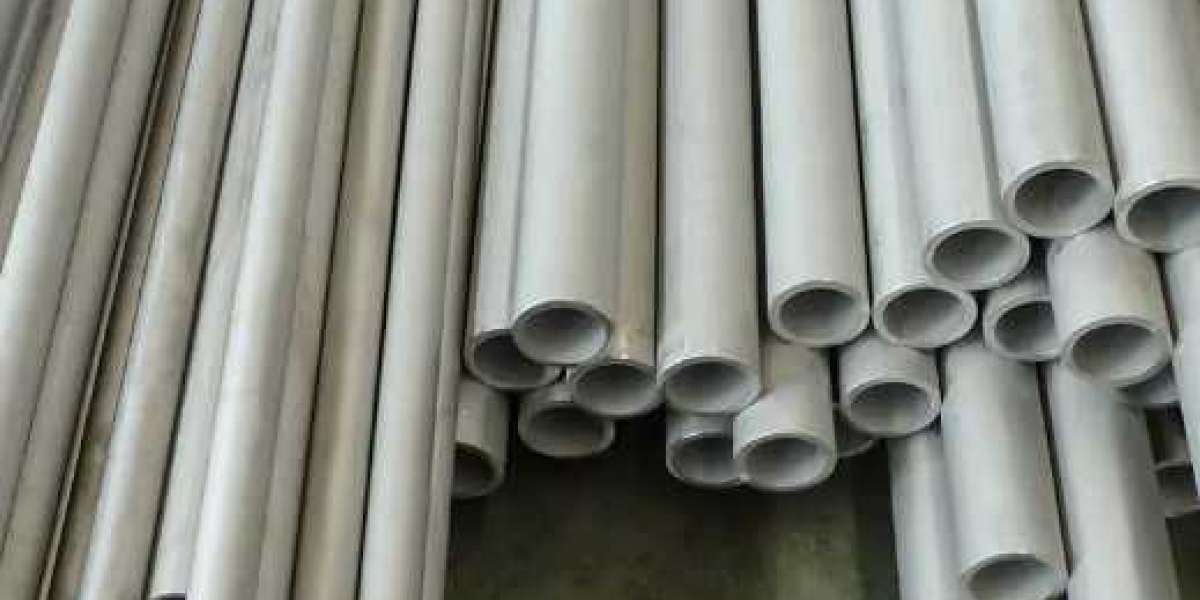In the realm of industrial materials, selecting the right piping is not merely a matter of convenience but a critical decision impacting safety, efficiency, and long-term economic viability. Among the plethora of options available, one category stands out for its exceptional ability to handle some of the most challenging environments: . This material represents a significant engineering achievement, combining the best attributes of its constituent phases to create a product that is both highly resilient and cost-effective. Its adoption is increasingly seen as a strategic solution across a diverse range of sectors where failure is not an option. This article delves into the intrinsic properties, manufacturing nuances, and primary applications that define this remarkable material, explaining why it has become the cornerstone of modern industrial infrastructure in harsh operating conditions.
The fundamental identity of a duplex stainless steel seamless pipe is derived from its metallurgical structure. The term “duplex” refers to a mixed microstructure consisting of approximately equal parts of two distinct phases: austenite and ferrite. This dual-phase nature is the source of its superior performance. Austenitic stainless steels, known for their excellent toughness and corrosion resistance, are complemented by ferritic steels, which contribute high strength and resistance to stress corrosion cracking. The synergy between these two phases results in a material that outperforms conventional austenitic or ferritic grades on several fronts. The key advantage is a yield strength that is approximately double that of standard austenitic stainless steels. This immediately allows for the design of thinner pipe walls, leading to weight savings, reduced material costs, and easier installation, without compromising pressure containment or structural integrity.
Furthermore, the corrosion resistance of duplex stainless steel seamless pipe is exceptional. It exhibits superior resistance to a wide array of corrosive agents, including chlorides, which are notorious for causing pitting and crevice corrosion in other stainless steels. This makes it particularly resistant to stress corrosion cracking (SCC), a common failure mode in austenitic steels exposed to chloride-bearing environments. This property is paramount in applications involving seawater, brackish water, or chemical process streams. The alloy’s composition, which typically includes elevated levels of chromium, molybdenum, and nitrogen, directly enhances its pitting resistance equivalent number (PREN), a predictive measure of its performance in chloride-laden settings. This robust corrosion profile opens the door to its use in highly aggressive environments where other materials would rapidly deteriorate.
The manufacturing process of a seamless pipe is itself a crucial factor in its performance. A duplex stainless steel seamless pipe is formed by extruding a solid billet of duplex alloy at high temperatures to create a hollow shell, which is then further processed through pilgering, rolling, or drawing to achieve the final dimensions, surface finish, and mechanical properties. The seamless method ensures the pipe has a uniform structure around its entire circumference, with no longitudinal weld seam. This homogeneity is critical for high-pressure applications, as it eliminates a potential weak point where failures could initiate. The process allows for excellent control over the final microstructure, ensuring a balanced phase distribution that is essential for achieving the desired mechanical and corrosive properties. This meticulous production is why seamless pipe for high-pressure systems is often the specified choice.
When discussing applications, the use of duplex stainless steel seamless pipe is widespread in industries where operational demands are extreme. The oil and gas industry is a primary consumer, utilizing these pipes for both upstream and midstream operations. In offshore environments, pipes are used in subsea flow lines, risers, and process piping on platforms, constantly battling high pressures, corrosive seawater, and often-sour gas (containing H2S). The material’s high strength and chloride resistance make it ideally suited for these critical duties. Similarly, the chemical processing industry employs these pipes to handle aggressive acids, caustics, and solvents at elevated temperatures and pressures, found in reactors, heat exchangers, and transfer lines. Its resistance to various corrosive media ensures process safety and equipment longevity.
Another significant sector is desalination and water treatment. Plants that convert seawater into fresh water rely on duplex stainless steel seamless pipe for high-pressure reverse osmosis systems and other process areas. The material’s immunity to chloride-induced corrosion ensures a long service life despite constant exposure to seawater. The power generation industry, particularly in systems like flue gas desulfurization units, also benefits from this material’s durability. Furthermore, the marine and shipbuilding sector uses it for critical seawater cooling systems, ballast systems, and exhaust scrubber piping on vessels. The trend towards more sustainable energy is also driving adoption in areas like geothermal energy extraction, where pipes must withstand highly saline and abrasive geothermal brutes.
The selection and specification of duplex stainless steel seamless pipe require careful consideration of several factors to ensure optimal performance. While its properties are impressive, they are not universal. The performance is highly dependent on the specific grade of duplex stainless steel, with common grades including 2205 (the most widely used), 2507 (super duplex), and lean duplex varieties.
The following table outlines a comparison of key duplex grades:
| Property / Grade | Lean Duplex (e.g., LDX 2101) | Standard Duplex (2205) | Super Duplex (2507) |
|---|---|---|---|
| Typical PREN Value | 24 - 28 | 32 - 38 | 40 - 45 |
| Yield Strength (min) | 450 MPa | 450 MPa | 550 MPa |
| Corrosion Resistance | Good, better than 304L | Excellent | Outstanding |
| Cost Consideration | Lower cost, less Ni/Mo | Moderate | Higher cost |
| Typical Applications | Water tanks, structural | Chemical processing, oil gas | Offshore, severe sour service |
Selecting the correct grade involves balancing the required corrosion resistance for specific chemicals with mechanical strength requirements and project budget constraints. It is also paramount to ensure that the pipe is installed and fabricated using procedures designed for duplex steels. This includes controlled welding techniques that preserve the favorable austenite-ferrite balance in the heat-affected zone, preventing the precipitation of detrimental intermetallic phases that can embrittle the material and degrade its corrosion resistance.
In conclusion, the duplex stainless steel seamless pipe is far more than just another type of tubing. It is a sophisticated engineering material born from the need to solve complex challenges in some of the world’s most demanding industrial environments. Its unique duplex microstructure grants it a rare combination of high strength and outstanding corrosion resistance, a pairing that allows for more efficient and reliable system design. The seamless manufacturing process further ensures structural integrity and reliability under high pressure. From extracting deep-sea hydrocarbons to producing fresh water from the ocean and enabling complex chemical processes, this material plays a silent but indispensable role. As technology advances and industries push into ever more challenging frontiers, the properties and performance of duplex stainless steel seamless pipe ensure it will remain a material of critical importance for the foreseeable future, representing a smart investment in durability, safety, and operational efficiency.














